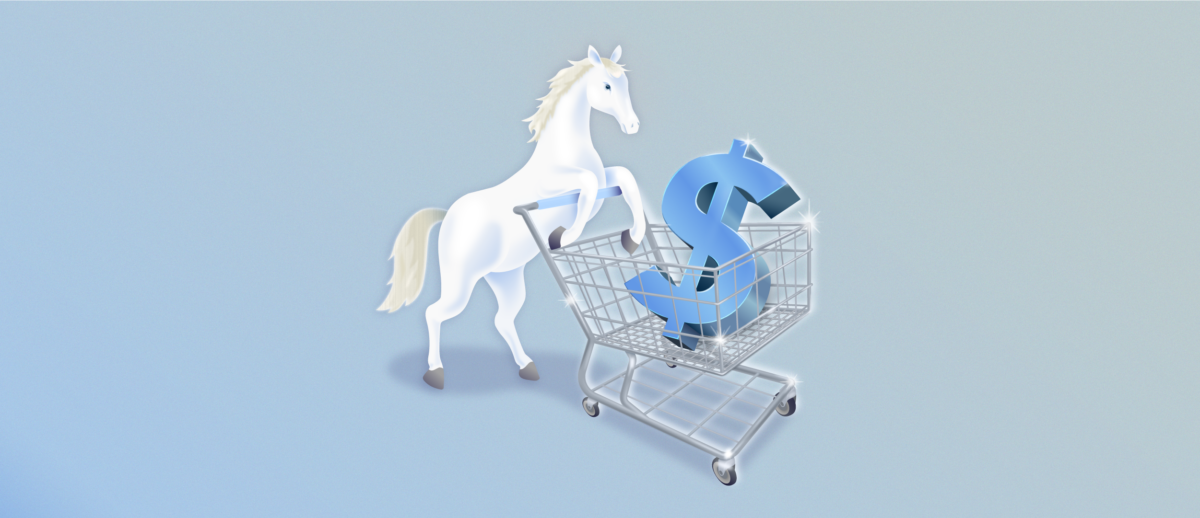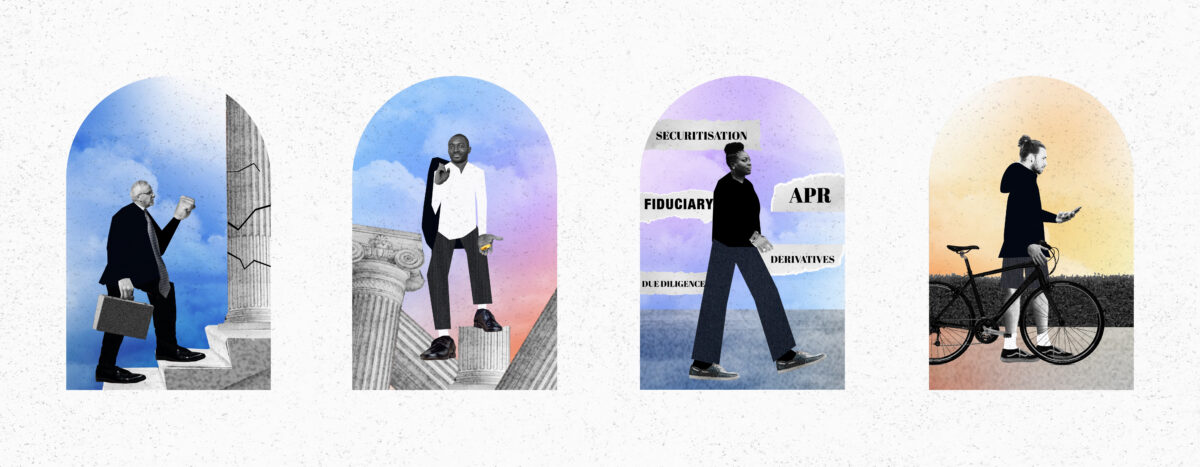|
|
When I was a tech journalist, the founder of an AdTech start-up bought me lunch to show me a product he was developing. The tool inserted auto-playing video ads into paragraph breaks in editorial content. I skimmed through the content to look at the ads. Then, halfway through lunch, I realized I’d no memory whatsoever of the product being sold.
In the process of intentionally looking at an ad, I’d gone ad blind.
Ad blindness is now a problem that’s swollen into a full-blown attention crisis. In an era when everyone is fighting for eyeballs, we’ve become experts in ignoring.
Audiences spend their time clearing notifications, doom scrolling through fake news, and living on a constant drip of interaction-baiting opinions and headlines. It’s apparently all there is. News services, like Axios, prioritize quickly processed information over deep, nuanced reading and insights.
It presents a question for businesses: Is anybody paying attention?
THE ATTENTION TIME BOMB
In 1994 the first-ever banner ad appeared on Wired magazine’s then website, hotwired.com, and 44% of people who saw the ad clicked on it. Today display ads average out at 0.35% across industries. Even within that, 60% of people who click on mobile ads say they do so accidentally, according to a 2016 study.
Combine this ineffectiveness with online advertising’s abundance of unregulated programmatic buying, murky reporting, sub-one-second view counts, and fraud, and the problem becomes about much more than just consumers’ short attention spans.
Subprime Attention Crisis: Advertising and the Time Bomb at the Heart of the Internet, a recent book by writer and researcher Tim Hwang, goes as far as to compare this problem to the late 2000s’ mortgage bubble—a wobbling house of cards waiting to take down the internet as we know it, where platforms depend on businesses’ ad dollars.
STILL PAYING ATTENTION?
Yet attention is still out there. If you’ve made it this far through the article, you’re evidence of that. And you’re not alone. Twitter has seen the appetite. The platform that reportedly killed our attention span in the first place is planning the addition of 2,500-word “notes“ for thoughtful, useful written content.
So, if long-form text is back, is it video that we’ve grown tired of? Hardly. You only have to look at the 1 billion hours viewers rack up daily on YouTube, or at the authentic engagement lo-fi TikToks generate, to realize the power of video in earning and holding attention. In the B2B space, 95% of buyers say video plays an important role in moving forward with a purchase.
It’s the era of disposable content that’s coming to an end. The ad server is no longer king. The forgettable pop-up ad is toast.
Of course, creating truly engaging content in the relevant format—content that audiences will remember after lunch—takes more effort than creepy ads that regurgitate users’ search histories back to them.
Ultimately, it’s a transaction—if you want people to pay attention, you must earn it.








